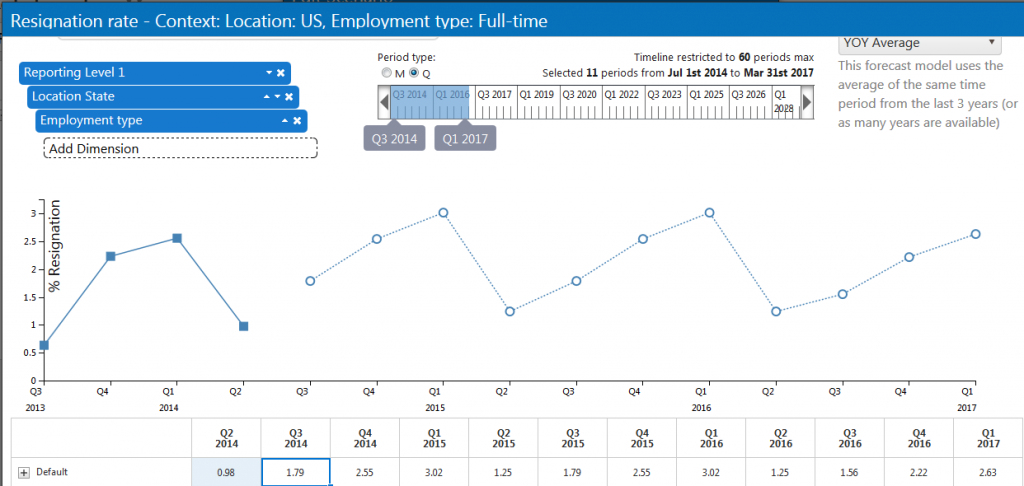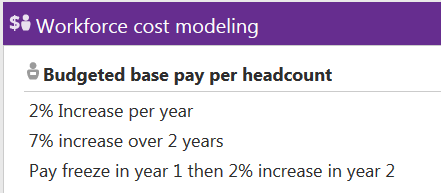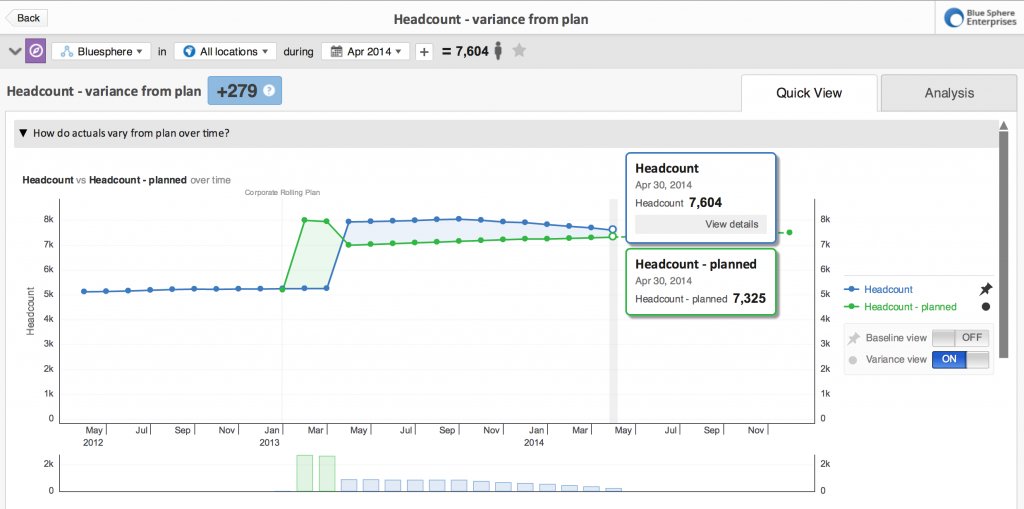Reduction in Force? Use This Method to Avoid Common Pitfalls
Businesses find themselves with more employees than they can afford, and a reduction in force is necessary. Minimize the pain of the budget squeeze.

Whether forced to do so by market forces, by a merger, or by making incorrect assumptions, businesses can find themselves with more employees than they can afford. The consequence of this discovery usually is organizational convulsion – the CFO publishes a new plan and line management goes through a painful exercise trying to figure out how to meet the new budget.
This is where most businesses struggle and make mistakes that impair their long-term success. A reduction in force (RIF) is a tough exercise under any scenario. At minimum, organizations constrain their ability to hire. At worst, they lose their best people to the competition. But both problems can be minimized with a thoughtful approach — one that is based on a full knowledge of the dynamics of the organization.
Here are some steps you can take to minimize the pain of the budget squeeze:
Step 1: Consider attrition that would occur under normal circumstances
The first and most important trend to consider is the probable attrition: resignations, performance-based dismissals, retirements, and leaves of absence that would normally occur in the upcoming period. This trend should take into account the employment market conditions and the impact of the constrained economic condition of the firm. Leverage your historic data and workforce trends to project your probable attrition accurately.

Resignation rate
Step 2: Model the impact of compensation changes under different scenarios
Second, model the impact of compensation changes (such as commission and bonus payouts) under different performance scenarios, the timing and amount of any annual increases, and other variable compensation components. Look to optimize your total cost of workforce in such a way that you can meet key corporate requirements (such as paying for performance), while maximizing cost savings (such as modifying incentive pay plans).

Worckforce cost modeling
Step 3: Improve the accuracy of your workforce plans
The complexity of workforce planning at most organizations often leads to error — and the larger the organization, the larger the potential cost of this error. As one of our customers pointed out, “If we plan just one percent more accurately, we will save tens of millions of dollars.”
Refine your workforce planning processes. Start with an accurate picture of your workforce. Ensure you are planning for the entire organization, and not just a subset. Look at historic workforce trends to improve the accuracy of your future plans.

headcount
It is possible that the three steps above, plus the normal financial tightening of discretionary spending, such as travel and education, can address the budget problem without forced layoffs.
If additional action is required, further analysis can be of immense help. In this case, proceed to step 4.
Step 4: Analyze economic contribution by the functional or business unit elements of the organization
Perform deep, multi-dimensional analysis and scenario planning to determine economic contribution by the functional or business unit elements of the organization; and to better frame employee performance standards. The knowledge gained from this activity can be used to allocate reduction in force targets in a laser-focused way, designed to minimize the adverse long-term impact on the organization when the market conditions improve.
To perform the analysis, connect demographic, performance, payroll, recruiting, and retention data (from across your HR systems), and model different potential outcomes on the bases of different market and performance assumptions.
A side benefit of performing this kind of analysis is that it becomes much easier to explain the reduction in force actions to employees, customers, and shareholders. Most employees can understand that they and their business unit need to meet performance standards to keep their job, and most can quite accurately assess where they stand relative to their colleagues. If the performance management actions are fair and equitable, there is relatively low morale impact from the RIF.
By using the above approach to address resource constraints, your organization can avoid the pain associated with squeezing many line items into a reduced budget, while still investing in critical areas to achieve maximum business impact.
To learn more, see how this healthcare organization did not need to let a single new nurse go by letting natural attrition take place. Read case study.


